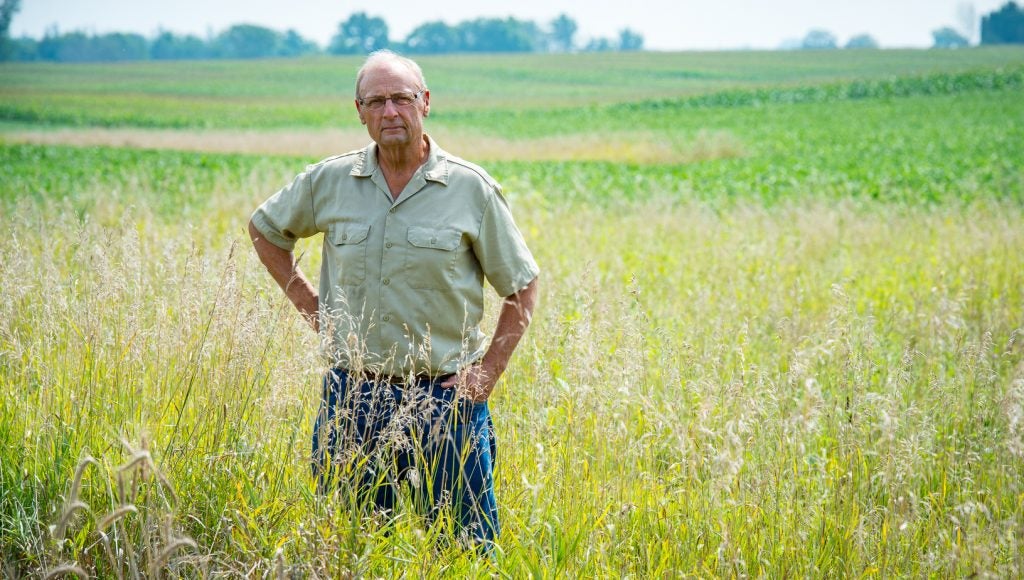Investing in climate-smart agriculture is a hot topic. Startups in plant-based meats and dairy alternatives are taking the market by storm. Major food companies are setting sustainability targets and investing in soil health practices.
Yet farmers face poor farm economic conditions stemming from trade disputes, COVID-19 supply chain disruptions, and increasingly frequent, extreme and destructive weather events.

Farmers across the U.S. have felt the pain of extreme weather in 2020, from the derecho that wreaked havoc in the Midwest to the destructive wildfires that continue to rage out West. (Photo credit: National Weather Service).
It’s clear that more innovation is needed to make the food system fit to face 21st century challenges, and fast. Catalytic capital can help.










